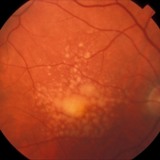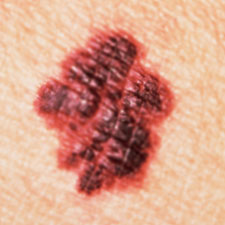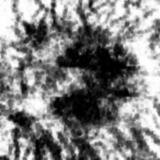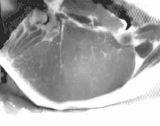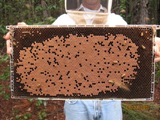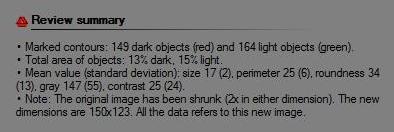This is a question that has been asked many times over the last few months. The answer is always positive but some things need to be clarified.
If you need help with your images (via Pixcavator), there are three main options.
Option 1. I analyze the image myself.
There are some choices to be made about the analysis settings however. Then I’d have to base my decisions on common sense without any understanding of the problem. For example, I may try to capture the most prominent – large, high contrast, round, etc - features in the image and ignore the rest. It is very easy to end up solving a wrong problem. At best, the result will be a sample of what Pixcavator can do.
For more meaningful results, therefore, the image should be analyzed by a person who knows that he needs to find in the image.
Option 2. The user analyzes the image.
To find the right settings, a fair amount of trial and error may be needed. Fortunately, Pixcavator is very easy to learn. As the user can start experimenting with Pixcavator, he will quickly come to understand the affect of moving the sliders on the development of the contours.
There is a danger however that the settings that have been found won’t work for the next image.
Option 3. The user describes what he wants to find in the image.
Then I can base my analysis on this description. However, I am likely to be unfamiliar with the terminology of your field and can’t tell what you are looking for based solely on your verbal explanations. For this approach to work, the description will have to be very specific and include the sizes, shapes, colors, locations of objects to be found in the image.
Alternatively, you would provide me with a few images that have been analyzed manually. For this approach to work, the user will have to outline in the image the features he is interested in (example below). Then I would try to reproduce your results with Pixcavator. Then, if this works, I would try to apply the analysis to other images.
Keep in mind that it is always possible that the image is too complex or of too poor quality for a meaningful analysis.
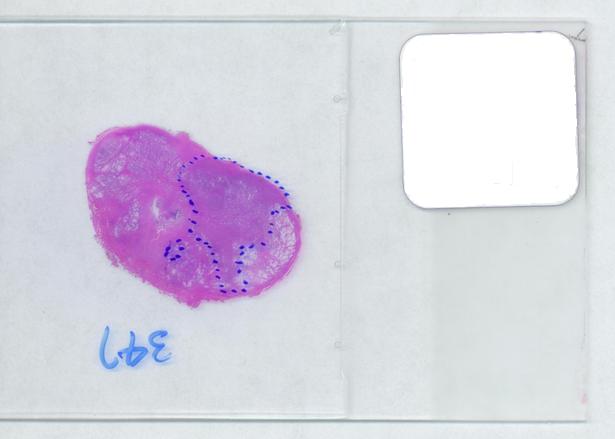
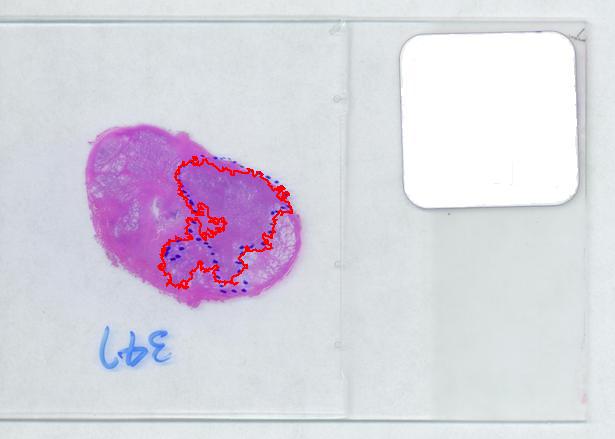


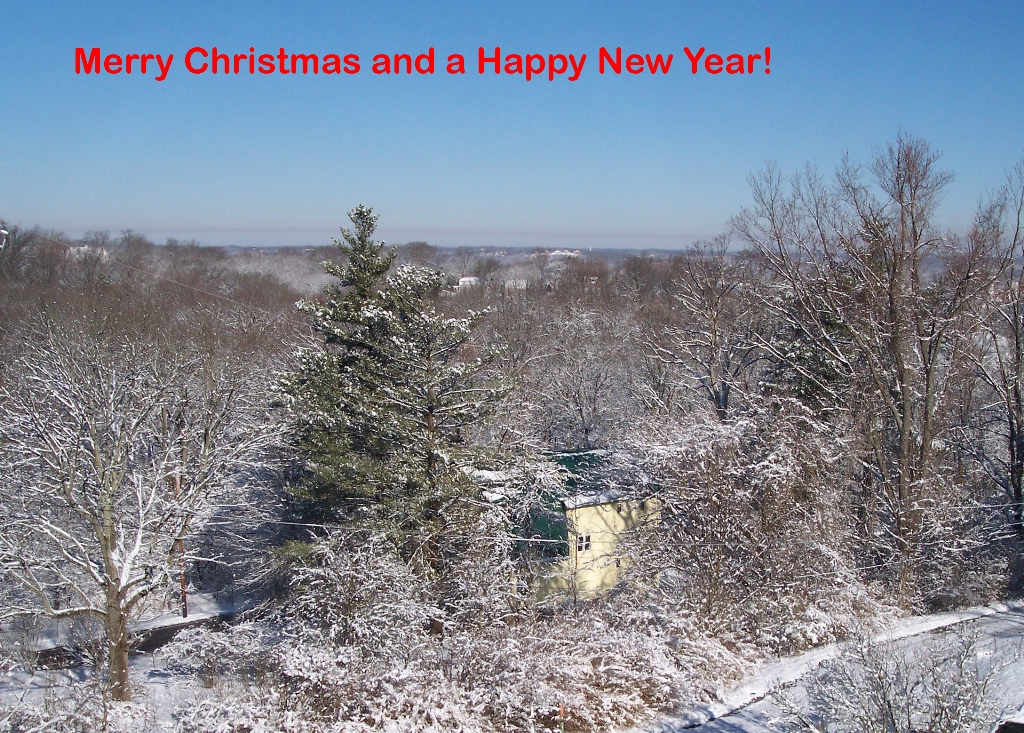
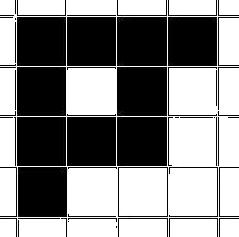 The history is this. Algebraic topology was founded by Poincare around 1900 (the title of his book “Analysis Situs” converted from Latin to Greek turns into “topology”). There was no talk about binary images, obviously. What they studied was cell complexes, collections of cells attached to each other in an
The history is this. Algebraic topology was founded by Poincare around 1900 (the title of his book “Analysis Situs” converted from Latin to Greek turns into “topology”). There was no talk about binary images, obviously. What they studied was cell complexes, collections of cells attached to each other in an  Soon after
Soon after 

